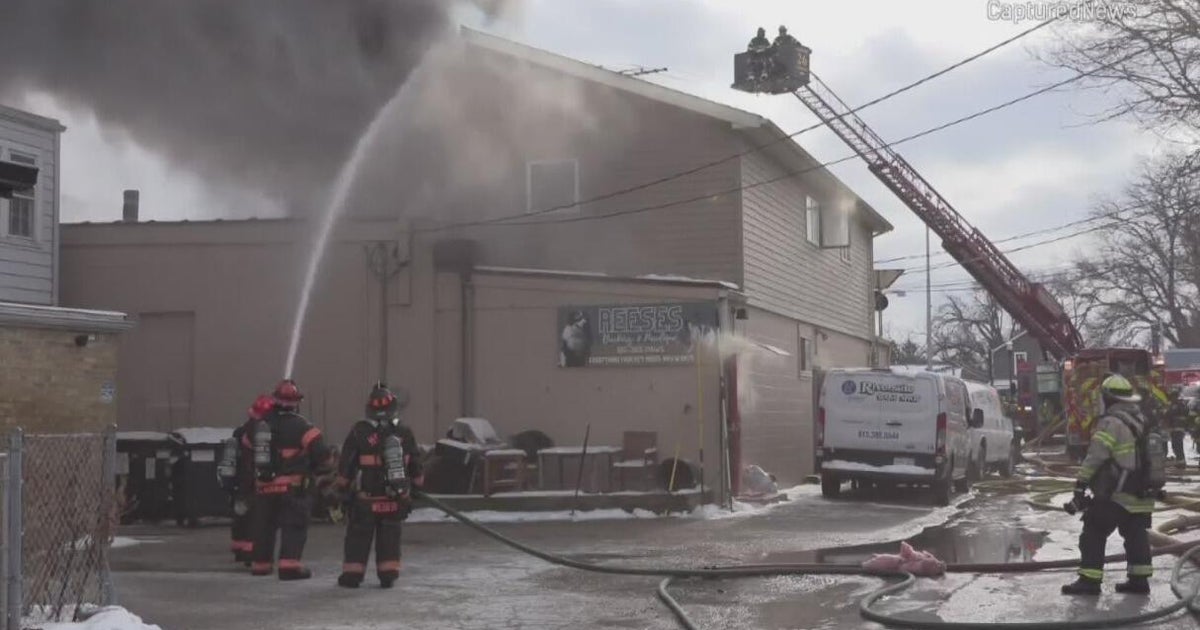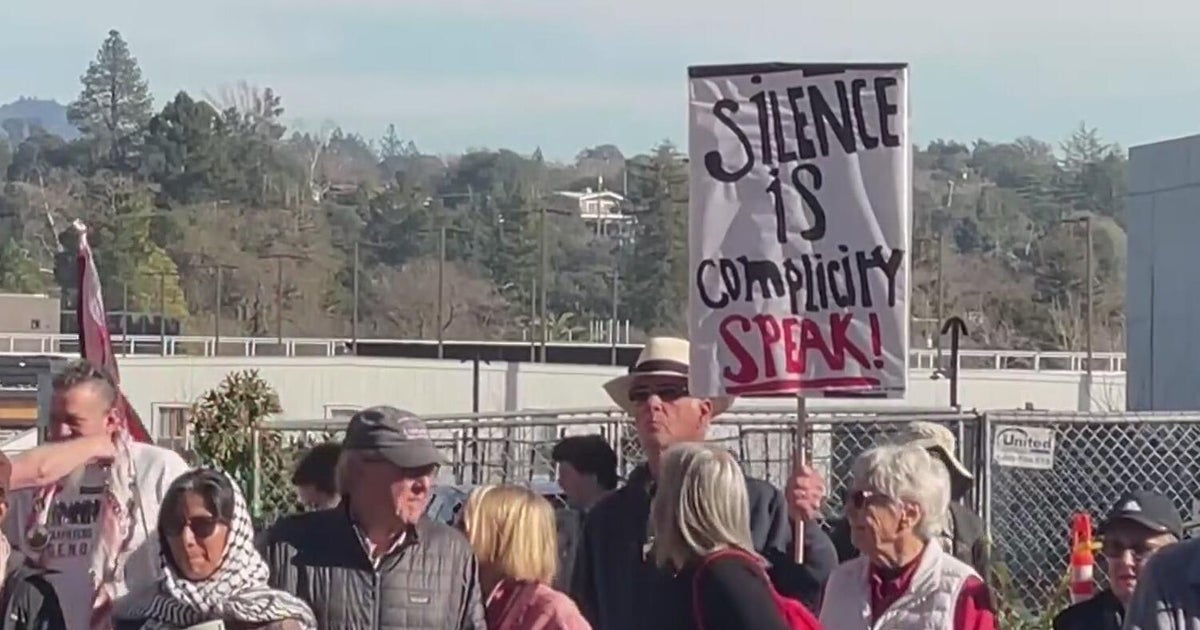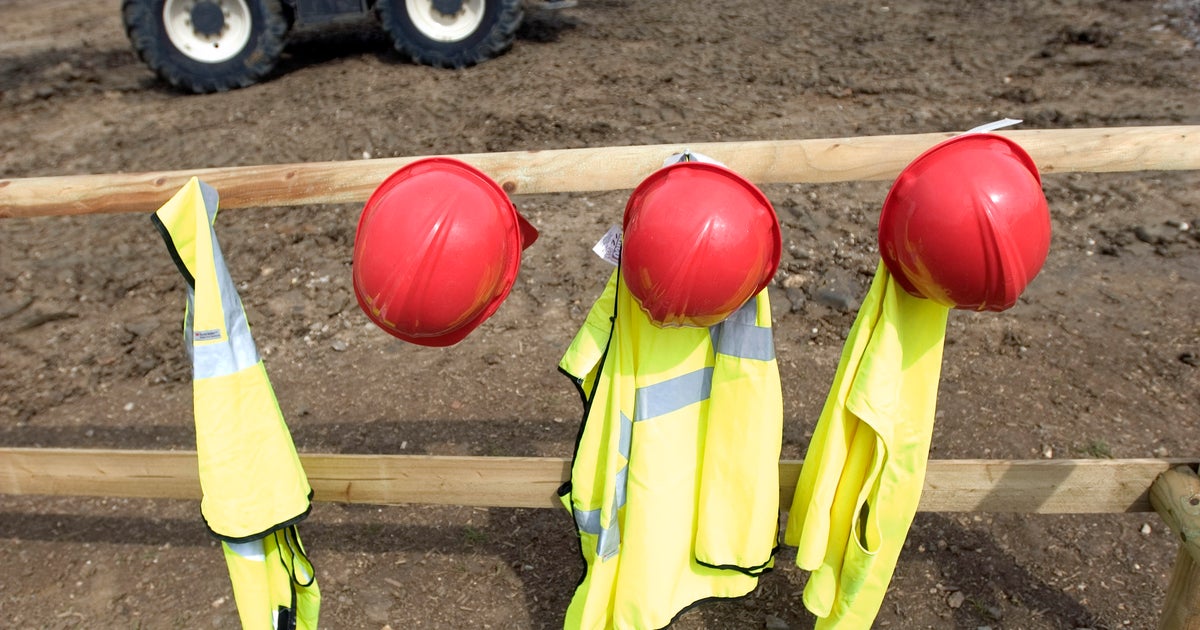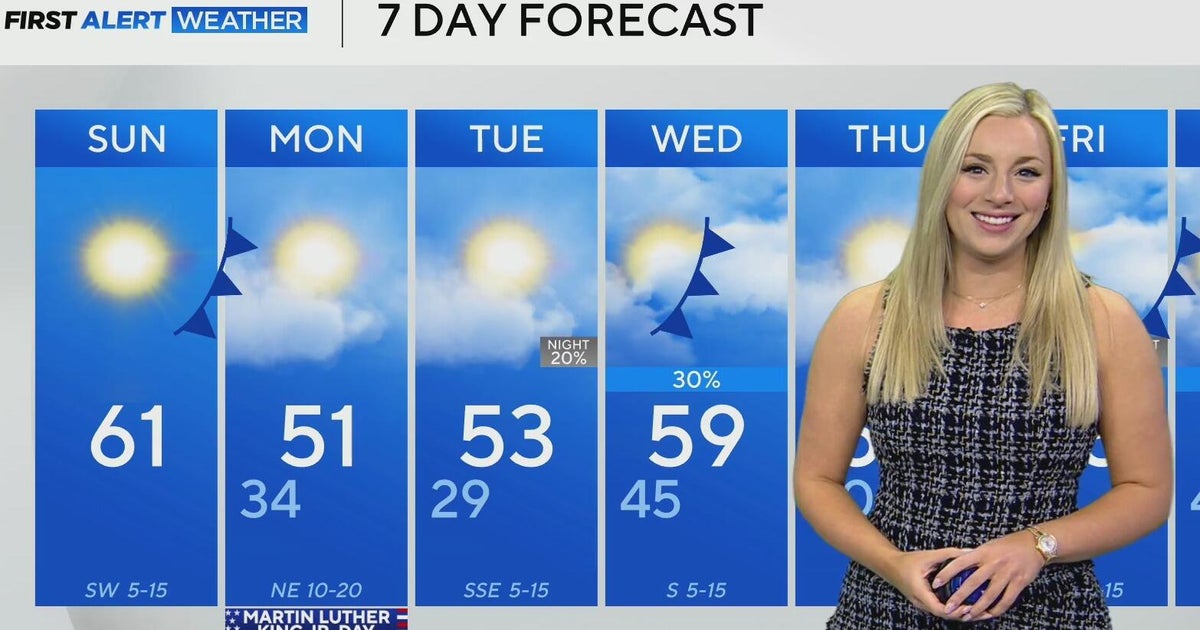Gov. JB Pritzker Lifting Stay-At-Home Order As Illinois Enters Phase 3 Of Reopening
CHICAGO (CBS) -- As virtually the entire state enters the next phase of reopening, Gov. JB Pritzker on Friday said he is lifting the statewide stay-at-home order, but people will still be required to wear face coverings in public, and avoid gathering in groups of 10 or more.
"As of today, thousands of our small businesses in nearly every municipality around the state are opening their doors again safely," Pritzker said Friday afternoon.
On Friday, all four regions of the state moved into Phase 3 of the state's "Restore Illinois" plan for reopening the economy, except for the city of Chicago, which won't begin Phase 3 until Wednesday.
"While some restrictions are lifting, we must still take personal responsibility to continue the reopening, but safely. We must continue to keep our distance, and wear face coverings," Illinois Department of Public Health Director Dr. Ngozi Ezike said.
Ezike also reminded people that they can have the virus without showing any symptoms, and still spread COVID-19 to others.
"So it's very important to wear our masks all the time, as you don't know who around you could be transmitting, you don't know if you could be transmitting. The virus is still circulating, and we will continue to have transmission and more illnesses, but we do have a role in being able to limit that," she said.
Pritzker said he's signing a new "Community Recovery Order," that will end the stay-at-home mandate, but will still maintain a limit of no more than 10 people for public gatherings, and require people to wear face coverings in public when they can't stay at least six feet away from others.
"The success of the last phase is evidenced by the declining positivity rate, the declining hospitalizations, the declining ICU bed use, and declining number of deaths. As we end that phase, it's important to take note that the people of Illinois have taken this seriously, and that has made all the difference," Pritzker said.
Under Phase 3 of Restore Illinois, bars and restaurants are able open outdoor service, but still would not be allowed to serve customers indoors until Phase 4. Tables outdoors must be placed six feet apart from each other, and staff are required to wear face coverings and take other social distancing precautions.
Non-essential manufacturing, offices, and retail businesses also are allowed to reopen under approved safety guidance from IDPH. Remote work, whenever possible, is still encouraged.
Barber shops and salons are allowed to reopen; and gyms and fitness clubs aree allowed to offer outdoor classes and one-on-one training; all with IDPH guidance.
On Sunday, Pritzker released industry-specific guidelines to allow for the safe reopening of businesses during Phase 3.
Pritzker said all state parks have now reopened, golf courses can now allow expanded use, and horse racing tracks can resume races, but without fans in the stand.
The new executive order also lifts restrictions on churches, synagogues, mosques, and other houses of worship that had been limited to in-person services for only groups of 10 or fewer for the past month. The governor has issued new safety guidance for churches – rather than mandatory restrictions – to allow for faith leaders to protect the health of their congregants while resuming in-person services.
During Phase 3, houses of worship that chose to hold in-person services are encouraged to do so outdoors, or in groups of less than 10 people. Face coverings and six feet of distance between people are recommended under any circumstance. The state's guidance also recommends capacity limits that allow for six feet or more of distance between congregants, and a limit of 25% attendance, or a maximum of 100 people, whichever is lower.
"The safest options remain remote and drive-in services, but for those that want to conduct in-person activities, IDPH is offering best practices," Pritzker said.
The state also recommends houses of worship conduct multiple small services, rather than one large service; expand capacity limits gradually to test and improve safety protocols; implement reservation systems and assigned seating to limit capacity; use staggered arrival and departure times; and consider separate services for groups that are especially vulnerable to the virus -- such as senior citizens, small children, or those with underlying health conditions.
The guidance also recommends discouraging singing and group recitations, or setting strict limits on the number of people who can participate and ensure six feet of distance between people.
Churches also should discontinue shared food and beverages such as potlucks, or buffet-style meals. If food or beverages will be served, they should be in single-serve containers.
For outdoor services, face coverings would still be recommended, and people who are living together are encouraged to sit together, at least six feet apart from other groups.
For a full list of the guidance for houses of worship, click here.
The governor's announcement about guidance for churches came after two Chicago area churches asked the U.S. Supreme Court for an emergency injunction that would allow them to hold normal services this Sunday, despite the state's limit of 10 people on indoor public gatherings.
However, the governor said the new safety recommendations for houses of worship were in the works for Phase 3 of the reopening plan all along, as part of industry-specific safety guidelines.
"It wouldn't be as comprehensive as it was if it was something that was just done on the fly," Pritzker said.
The governor said his new executive order will also extend the statewide ban on residential evictions, a moratorium on utility shutoffs, and a suspension of repossession of vehicles.
Ezike said, as of Friday afternoon, Illinois has had 117,455 cases of COVID-19 since the start of the pandemic, including 5,270 deaths.
The state has conducted 855,479 virus tests since the start of the outbreak, including 21,796 in the past 24 hours. In the past week, the statewide positivity rate is approximately 8%.
Pritzker said, while "the virus is still out there, and it is still very dangerous," Illinois has succeeded in reducing the spread of the virus, and preventing hospitals from being overwhelmed.
The governor said Illinois is now averaging 250 fewer COVID-19 patients in ICU each day than four weeks ago, a 20% decrease; and nearly 40 fewer virus-related deaths than just two weeks ago, a 32% decrease.
As of Thursday night, there were 3,599 people in Illinois were hospitalized with the virus, including 980 in intensive care, and 593 on ventilators. As of Friday afternoon, the state's recovery rate is 92%.
The state's recovery rate calculates the number of people who have tested positive for the virus, and have survived at least 42 days after their test.







